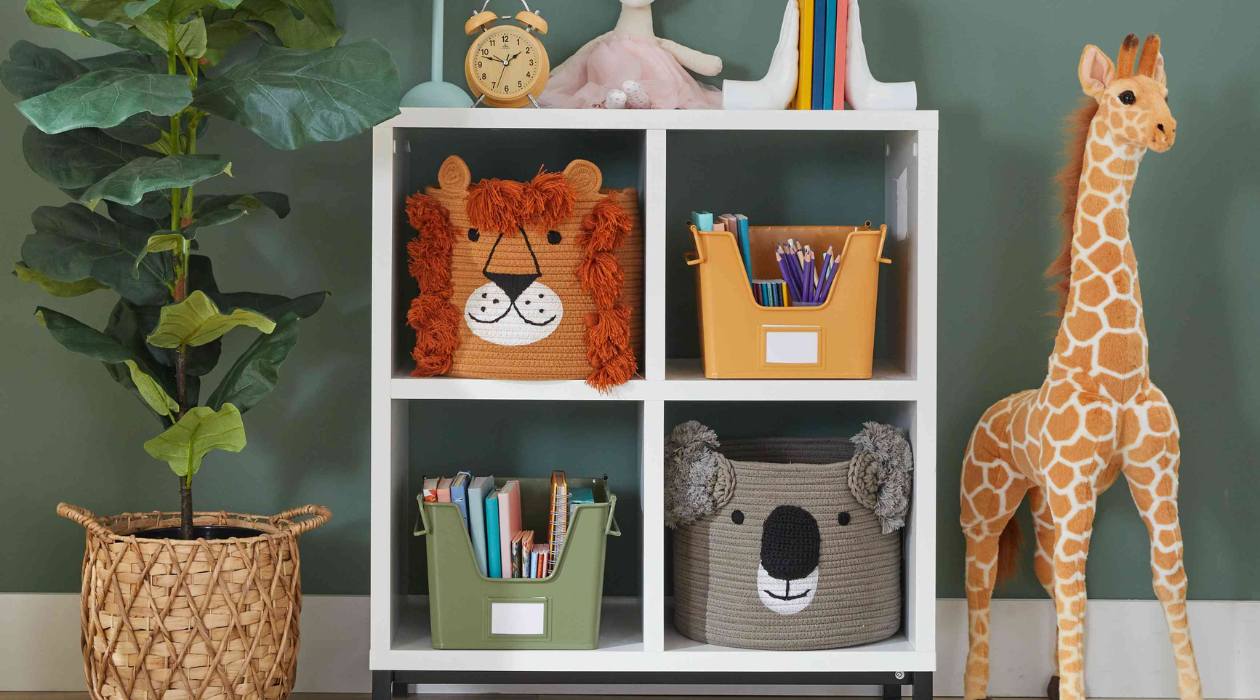

Articles
How To Store Toddler Toys
Modified: January 20, 2024
Learn effective ways to store toddler toys in this informative article. Discover practical tips to keep your little one's play area organized and clutter-free.
(Many of the links in this article redirect to a specific reviewed product. Your purchase of these products through affiliate links helps to generate commission for Storables.com, at no extra cost. Learn more)
Introduction
As parents, it is no secret that toddlers have an uncanny ability to amass an overwhelming number of toys. From stuffed animals to building blocks, cars to puzzles, the sheer volume of toys can quickly turn a tidy playroom into a chaotic mess. But fear not, with the right organizational strategies and storage solutions, you can regain control and create a clutter-free environment that allows your little one to effortlessly find and enjoy their toys.
In this article, we will explore effective techniques for storing toddler toys. We will cover everything from decluttering and sorting, to choosing the right storage solutions, organizing by type of toy, safety considerations, rotating toys, labeling and categorizing, involving your toddler, and maintaining an organized toy storage system. So let’s dive in and reclaim order in the wonderful world of toddler toys!
Key Takeaways:
- Decluttering and sorting toys is essential for creating a streamlined and engaging toy collection. Involving your toddler in the process teaches them responsibility and decision-making skills while maintaining a manageable playroom.
- Implementing a toy rotation system can maintain your child’s interest, encourage creativity, and promote organization. It also extends the lifespan of toys and creates a dynamic play experience.
Read more: How To Store Toddler Puzzles
Decluttering and Sorting
Before diving into the world of toy storage solutions, it is essential to start with decluttering and sorting. This step is crucial for eliminating unnecessary toys and creating a more streamlined collection.
Begin by assessing each toy to determine its functionality, age-appropriateness, and condition. Toys that are broken or missing pieces should be discarded, as they pose safety hazards and are unlikely to be used. Additionally, consider the developmental stage of your child and remove toys that they have outgrown. This allows for a more age-appropriate and engaging toy selection.
Sorting toys into categories can also be immensely helpful. Group similar types of toys together, such as dolls, cars, puzzles, and art supplies. This makes it easier to organize and find specific toys when needed. You can use separate containers or bins for each category, creating defined spaces for different toy types.
As you declutter and sort, involve your toddler in the process. This can be a valuable opportunity for them to learn about decision-making and responsibility. Encourage them to help you decide which toys to keep and let go. By involving them, you teach them the importance of organization and help them develop a sense of ownership over their toys.
Remember, decluttering and sorting is an ongoing process. As your child grows and their interests change, regularly reassess the toy collection to maintain a manageable and enjoyable playroom.
Choosing the Right Storage Solutions
Once you have decluttered and sorted the toys, it’s time to choose the right storage solutions that best suit your needs and space. The key is to select storage options that are both functional and visually appealing.
First, consider the size and layout of the play area. If you have limited space, look for storage solutions that maximize vertical space, such as bookshelves with adjustable shelves or wall-mounted storage units. Utilizing vertical space allows you to make the most of the available area without cluttering the floor.
Next, prioritize ease of access for your toddler. Open storage bins or baskets make it simple for little hands to retrieve and put away toys. Avoid storage containers with lids or complicated closures that may frustrate your child or discourage them from independently engaging with their toys.
Transparent containers or clear bins are particularly helpful for easily identifying the contents without having to open each one. This saves time and minimizes frustration when searching for specific toys. Consider using labels or picture labels on the outside of the containers to help your child recognize where each toy belongs.
When selecting storage solutions, think about the durability and safety of the materials. Look for sturdy, non-toxic options that can withstand the rough-and-tumble nature of toddler play. Avoid storage solutions with sharp edges or small parts that could be a potential hazard.
Lastly, consider the aesthetic appeal of the storage solutions. Opt for colors and designs that coordinate with the overall decor of the playroom or the rest of your home. This not only creates a visually pleasing environment but also makes it more likely that your child will be motivated to keep the space tidy.
Remember, storage solutions are not one-size-fits-all. Take the time to assess your specific needs and preferences to find the storage options that work best for you and your toddler.
Organizing by Type of Toy
Once you have chosen the right storage solutions, it’s time to organize the toys by type. Organizing toys in this way not only makes it easier to find specific toys but also encourages children to engage in imaginative play and develop organizational skills.
Start by grouping similar types of toys together. For example, designate a specific shelf or bin for dolls, another for cars and trucks, and a separate area for blocks or building toys. This will create a clear visual distinction and make it easier for your child to locate the desired toys.
Consider utilizing dividers or separators within the storage containers to keep different types of toys separate and prevent them from getting mixed up. This can be especially helpful for smaller toys such as puzzle pieces, art supplies, or board game accessories.
If you have a large number of a particular type of toy, consider further subdividing them. For example, you can organize dolls by size or clothing type, or group cars by brand or theme. These subcategories can help your child develop more specific interests and make it easier to locate specific toys within a broader category.
Rotating toys is another effective strategy when organizing by type. Instead of displaying all toys at once, keep some stored away and periodically swap them out. This creates a sense of novelty and keeps your child engaged with their toys. It also helps to prevent toy overload and allows for a more manageable and organized play area.
Remember, organizing by type of toy is a personal preference, and what works for one family may not work for another. Tailor the organization system to suit your child’s specific interests and play habits, and don’t be afraid to experiment and make adjustments as needed.
Safety Considerations
When it comes to organizing and storing toddler toys, safety should always be a top priority. Here are some important safety considerations to keep in mind:
1. Age-appropriate toys: Ensure that the toys your toddler has access to are suitable for their age and developmental stage. Avoid toys with small parts that can be a choking hazard, especially if you have younger children in the house. Regularly check for any damage or wear and tear that may compromise the safety of the toys.
2. Secure heavy furniture: If you have shelves or storage units in the playroom, be sure to securely anchor them to the wall to prevent tipping. Toddlers are curious climbers, and unsecured furniture can pose a serious safety risk.
3. Soften sharp edges: If your storage solutions or furniture have sharp edges, consider using corner protectors to prevent any accidental bumps or injuries. Softening the edges will help create a safer environment for active play.
4. Avoid excess clutter: While it may be tempting to fill every nook and cranny with toys, excessive clutter can be a safety hazard. It can impede your child’s mobility and increase the chances of tripping and falling. Keep pathways clear and ensure toys are stored in a neat and organized manner.
5. Check for recalls: Regularly check for any recalls on toys that your child owns. The Consumer Product Safety Commission (CPSC) regularly publishes recall information to keep parents informed about potentially unsafe toys on the market.
6. Battery safety: If your toddler has toys that require batteries, be vigilant about safely storing the batteries separately and out of reach. Ensure that battery compartments are securely closed to prevent accidental ingestion or battery acid leakage.
By actively considering these safety precautions, you can create a secure and protected environment for your child to play and explore their toys.
Store toddler toys in clear, labeled bins or baskets to make it easy for both you and your child to find and put away toys. Keep them in a designated area to encourage organization and independence.
Read more: How To Store Puzzles For Toddlers
Rotating Toys
Rotating toys is a clever strategy that can benefit both parents and toddlers. The concept involves periodically switching out a portion of the available toys, keeping the rest in storage. Here are some reasons why rotating toys can be beneficial:
1. Maintains Interest: By periodically introducing “new” toys that have been in storage, you spark your toddler’s interest and curiosity. The novelty of rediscovering toys they haven’t seen in a while can reignite excitement and prolong their engagement with the toys.
2. Reduces Overwhelm: Too many toys available at one time can overwhelm a child. They may struggle to focus on one toy for an extended period, become easily distracted, or lose interest quickly. Rotating toys helps to create a more manageable selection, allowing your child to fully explore and appreciate each toy.
3. Encourages Creativity and Imagination: When presented with a limited number of toys, children are encouraged to use their imagination and create their own play scenarios. With fewer options, they are more likely to delve deeper into imaginative play, inventing stories and engaging in pretend play with the toys they have.
4. Promotes Organization: Having fewer toys out at once makes it easier to keep the play area organized. With fewer items to clean up, your toddler can develop the habit of putting away toys after play. Additionally, rotating toys prevents the accumulation of clutter over time, as you can reassess the collection during each rotation and remove any toys that are no longer of interest or have been outgrown.
5. Extends Toy Lifespan: By rotating toys, you can prolong their lifespan. When toys are constantly available, they may be played with less frequently and might not retain their novelty. Rotating them in and out of storage helps to maintain their appeal and prevent them from becoming forgotten or neglected.
To implement toy rotation effectively, establish a system that works for you and your child. Consider rotating toys on a weekly or monthly basis, depending on the number of toys you have and your child’s interests. Remember to include your child in the process, allowing them to be involved in selecting which toys will be rotated and creating anticipation for the “new” toys to come out of storage.
By implementing a toy rotation system, you can keep your child engaged, encourage their creativity, promote organization, and extend the life of their toys, creating a more enjoyable and dynamic play experience.
Labeling and Categorizing
Labeling and categorizing toys is a valuable organizational technique that brings order and clarity to your toddler’s playroom. By properly labeling and categorizing toys, you can create a systematic approach to toy storage and make it easier for both you and your child to find and put away toys. Here are some tips to effectively label and categorize your toddler’s toys:
1. Clear and Visible Labels: Use clear and visible labels on storage containers or bins to indicate the contents. You can either write the names of the toy categories directly on the containers or use printed labels. If your toddler is not yet reading, consider using picture labels or simple illustrations to make it easier for them to identify where each toy belongs.
2. Categorize by Type: Group toys into categories based on their type or theme. For example, have separate sections for dolls, stuffed animals, vehicles, puzzles, art supplies, and building blocks. This categorization allows for easy identification and retrieval of specific toys.
3. Sort by Size or Age Range: Within each category, you can further categorize toys by size or age range. This can be especially helpful for toys that come in different sizes or have specific age recommendations. For example, you can have separate bins for small, medium, and large toys, or bins designated for specific age groups.
4. Color-Code Storage Containers: Consider color-coding the storage containers or bins to denote specific categories of toys. For example, dolls and doll accessories can be stored in containers with a pink label, while vehicles and construction toys can be stored in containers with a blue label. This visual cue helps both you and your toddler quickly identify the desired toys.
5. Arrange in Logical Order: When placing the labeled storage containers in the playroom, arrange them in a logical order. Place frequently used or favorite toys within easy reach, while less commonly used toys can be stored on higher shelves. This way, your child can quickly access the toys they want to play with, and the playroom remains tidy.
6. Review and Reorganize Regularly: As your child’s toy collection grows and their interests change, it’s crucial to review and reorganize the labeled categories periodically. Remove toys that are no longer played with, add new categories as needed, and adjust the labeling system to accommodate any changes.
Labeling and categorizing toys not only facilitates easy access to toys but also helps teach your child valuable organizational skills and promotes responsibility in tidying up after playtime. It also sets the foundation for maintaining an organized play environment in the long run.
Involving Your Toddler
Getting your toddler involved in the process of storing their toys can be a fun and educational experience. By involving them, you not only teach them important organizational skills but also instill a sense of ownership and responsibility for their belongings. Here are some ways to involve your toddler in the toy storage process:
1. Make it a Game: Turn tidying up into an enjoyable game. Create a catchy cleanup song or challenge your toddler to see how quickly they can put away their toys. This playful approach can make the task feel less like a chore and more like a fun activity that you do together.
2. Assign Responsibilities: Give your toddler specific tasks and responsibilities when it comes to organizing their toys. For example, you can ask them to sort the toys by color or size, put all the dolls in one bin, or gather all the cars and trucks. Assigning small tasks ensures they feel involved and accomplished in contributing to the overall organization of the playroom.
3. Let Them Choose: Allow your toddler to have a say in how toys are organized and where they are stored. Ask for their input on which toys should go in each container or let them decide where to place labels. By giving them a sense of autonomy and decision-making power, they will be more interested in maintaining the organization system.
4. Teach Sorting Skills: Use the opportunity to teach your toddler sorting skills. For example, you can ask them to group toys based on shape, color, or type. This engages their cognitive and problem-solving abilities while helping them develop important skills that go beyond just organizing toys.
5. Set a Regular Cleanup Routine: Establish a routine for cleaning up toys. Make it a habit to tidy up together at the end of each play session or before bedtime. Consistency is key in teaching your toddler the importance of keeping their play area organized and maintaining a clutter-free space.
6. Praise and Reward Efforts: Encourage your toddler’s participation by praising their efforts and acknowledging their contribution to the organization process. Offer words of encouragement, high-fives, or small rewards to reinforce positive behavior and motivate them to continue being actively involved in keeping their toys tidy.
Remember, involving your toddler in the toy storage process helps them develop important life skills while creating a sense of pride and responsibility. By making organization a fun and interactive experience, you lay the foundation for a lifelong appreciation for cleanliness and orderliness.
Maintaining an Organized Toy Storage System
Creating an organized toy storage system is a great accomplishment, but the work doesn’t stop there. It’s important to maintain the organization to ensure a clutter-free and functional play space for your toddler. Here are some tips to help you maintain an organized toy storage system:
1. Regular Cleanouts: Schedule regular cleanouts of your toddler’s toy collection. Every few months, go through the toys together and remove any that are broken, no longer played with, or no longer age-appropriate. This will prevent the accumulation of unnecessary items and keep the toy selection fresh and relevant.
2. Put Things Back After Each Playtime: Encourage your toddler to put toys back in their designated storage containers after each playtime. Make it a part of the routine and teach them that cleaning up is an essential part of play. Be consistent in reinforcing this habit to instill a sense of responsibility and organization from a young age.
3. Teach Sorting Skills: As your child grows, continue to teach them sorting skills. Encourage them to sort toys according to specific attributes such as color, size, or type. By incorporating sorting activities into their playtime, you reinforce organizational skills and maintain the order in their toy storage system.
4. Regularly Assess and Adjust: As your child’s interests change and they acquire new toys, regularly assess and adjust the toy storage system. Consider adding new categories or creating separate sections for specific toy types. Keep an eye out for any organization issues and make adjustments to ensure the system remains efficient and functional.
5. Clean and Sanitize Toys: Regularly clean and sanitize toys to keep them in good condition and promote a healthy play environment. Follow the manufacturer’s guidelines for cleaning each toy, ensuring they are free from dirt, dust, and germs. Clean and disinfect storage containers as well to prevent the spread of bacteria.
6. Reinforce Organization Habits: Continuously reinforce organization habits by praising your toddler’s efforts and acknowledging their contributions to maintaining an organized play space. Use positive reinforcement to motivate them to continue organizing their toys independently.
Remember that maintaining an organized toy storage system is an ongoing process. It requires consistency, regular assessments, and dedication. By investing the time and effort into maintaining organization, you create an environment that fosters creativity, promotes cleanliness, and provides a stress-free play experience for your toddler.
Read more: How To Store Toddler Shoes
Conclusion
Organizing and storing toddler toys can feel like a daunting task, but with the right strategies and techniques, it becomes a manageable and rewarding endeavor. By decluttering and sorting toys, choosing the right storage solutions, organizing by type, considering safety, rotating toys, labeling and categorizing, involving your toddler, and maintaining an organized system, you can create a harmonious play environment that encourages creativity, independence, and a sense of responsibility.
Remember, the key is to strike a balance between functionality and visual appeal. Choose storage solutions that are practical, age-appropriate, and attractive. Implement organization techniques that make it easy for both you and your child to locate and put away toys. Get your toddler involved in the process, making it a fun and educational experience that fosters a sense of ownership and independence.
Regularly assess and adjust your toy collection as your child’s interests change. Rotate toys to maintain their novelty and engage your child’s imagination. Keep safety in mind by selecting age-appropriate toys, securing furniture, and maintaining a clutter-free space.
Maintaining an organized toy storage system requires consistency and regular cleanouts. Encourage your child to clean up after each playtime and reinforce positive organizational habits. Regularly clean and sanitize toys to keep them in good condition and promote a healthy play environment.
In the end, an organized toy storage system not only keeps things tidy but also enhances your child’s play experience. It allows them to easily find and engage with their toys, stimulates creativity, and fosters a sense of responsibility. So, let’s dive into the world of toy organization and create a space where your toddler can explore, play, and grow.
Frequently Asked Questions about How To Store Toddler Toys
Was this page helpful?
At Storables.com, we guarantee accurate and reliable information. Our content, validated by Expert Board Contributors, is crafted following stringent Editorial Policies. We're committed to providing you with well-researched, expert-backed insights for all your informational needs.
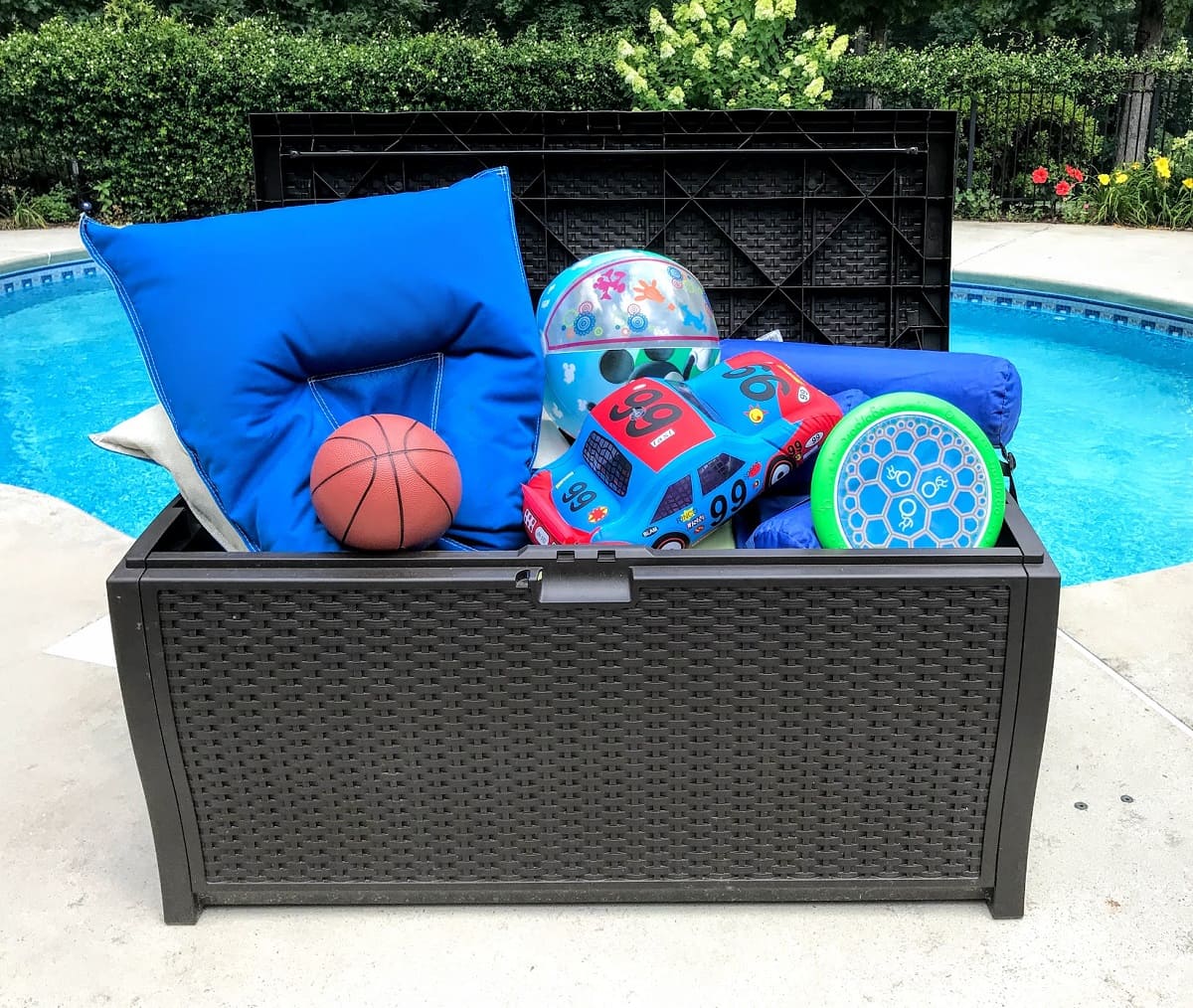
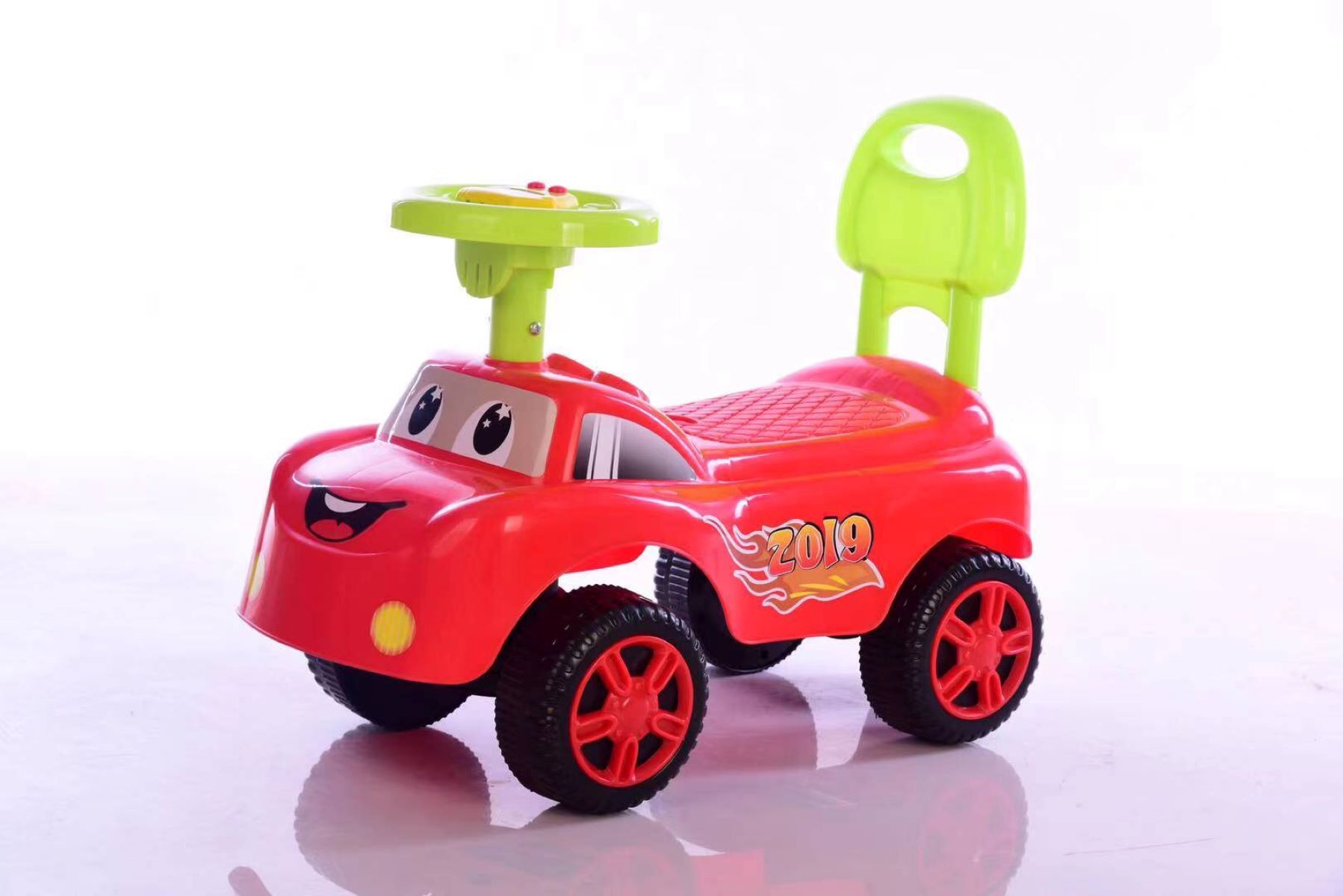
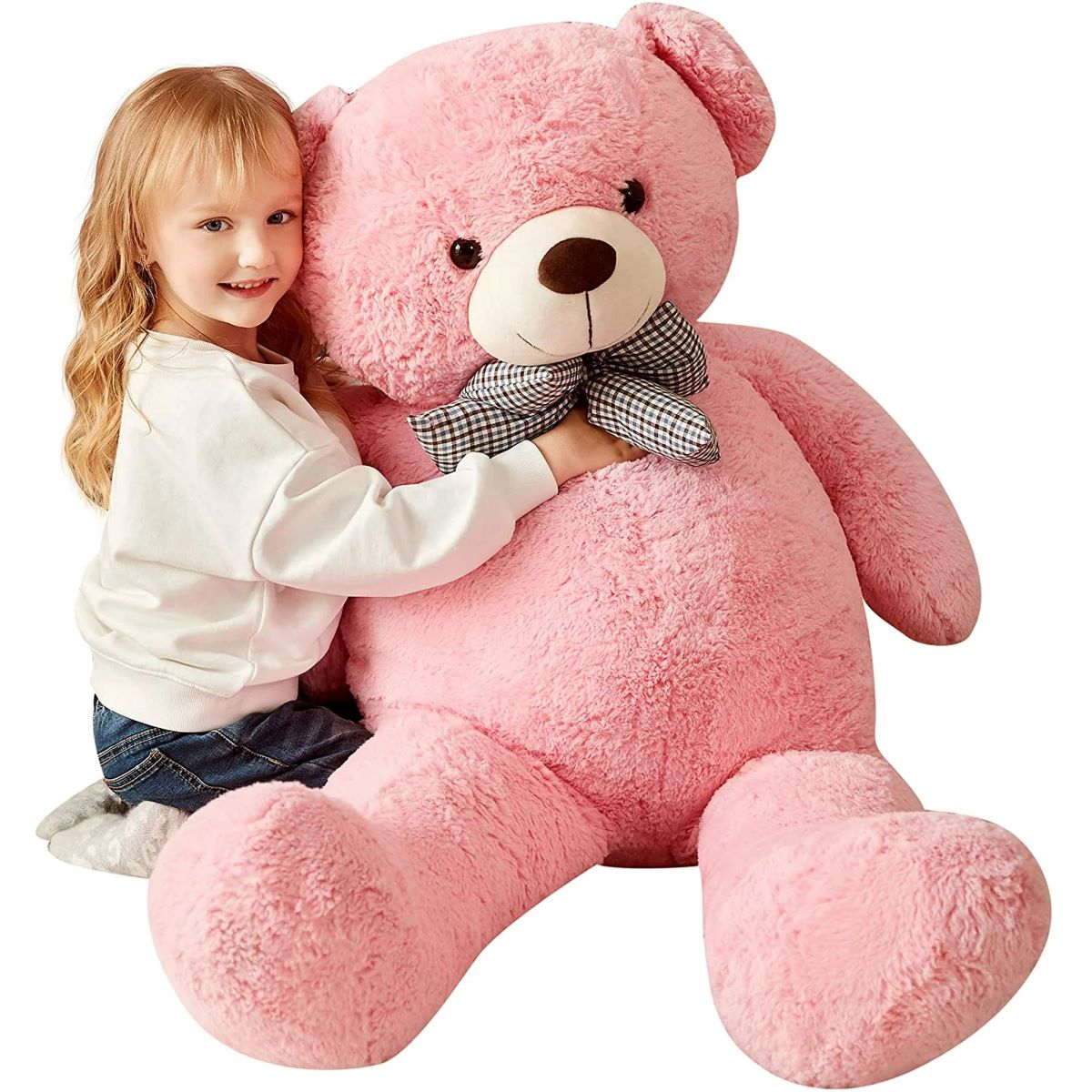
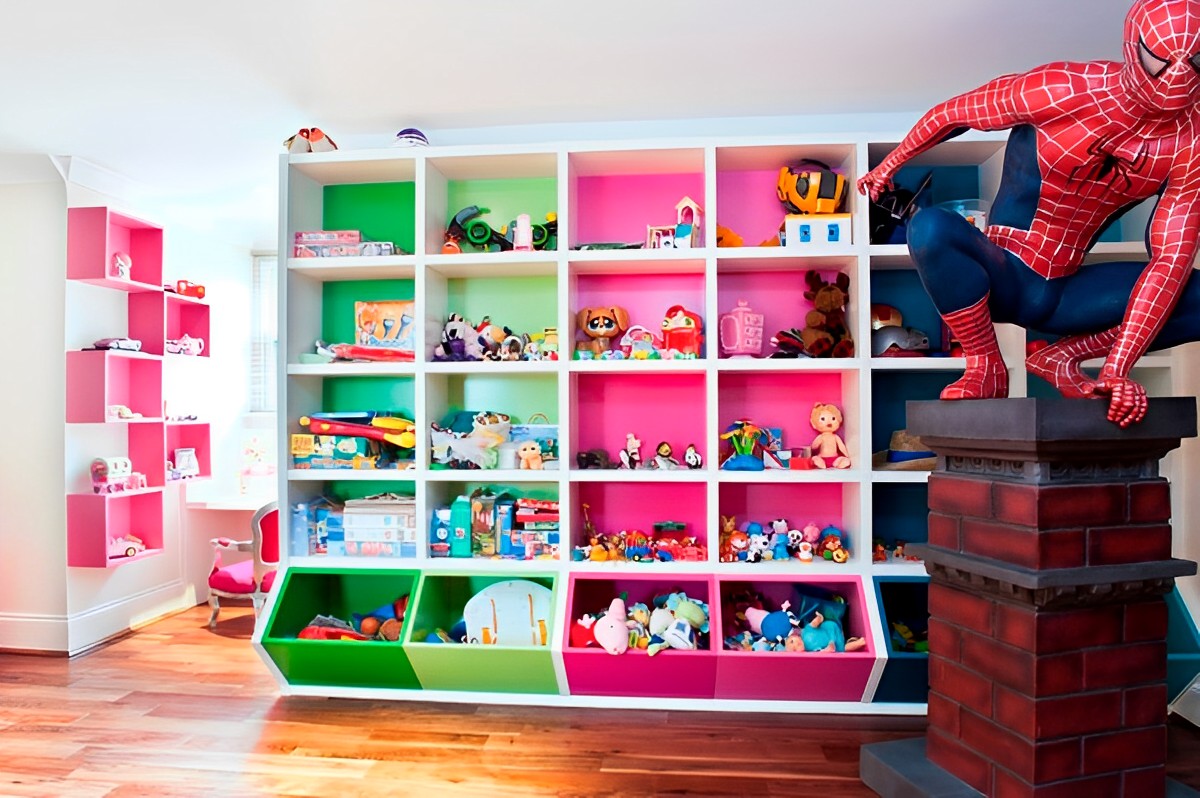
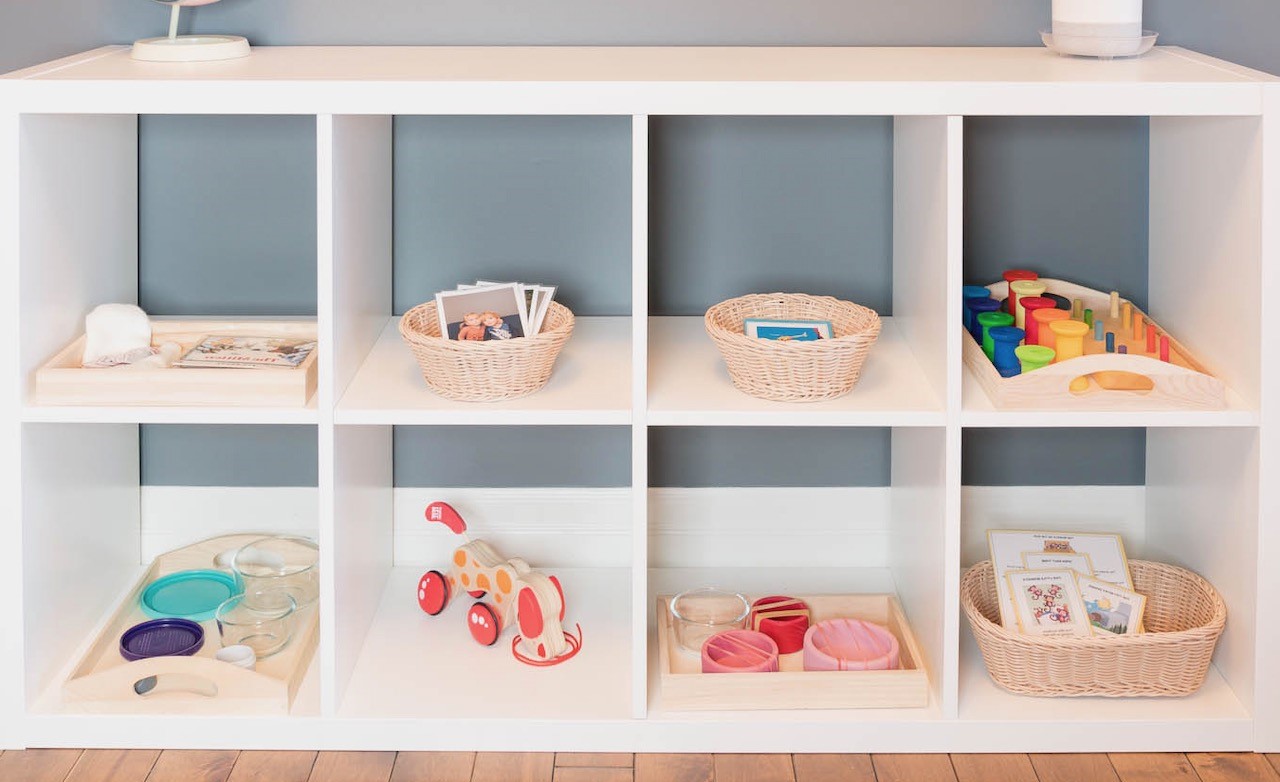
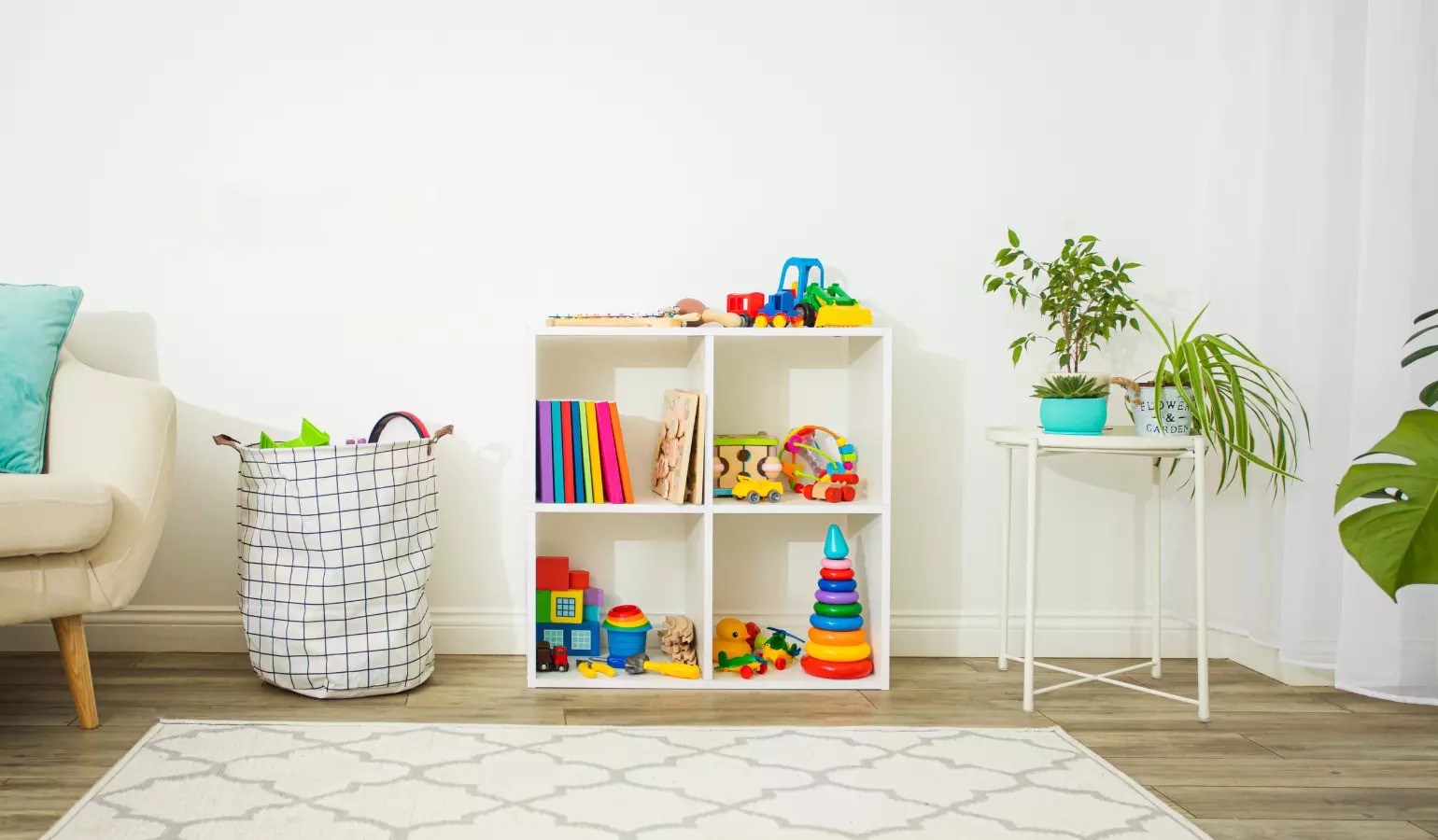
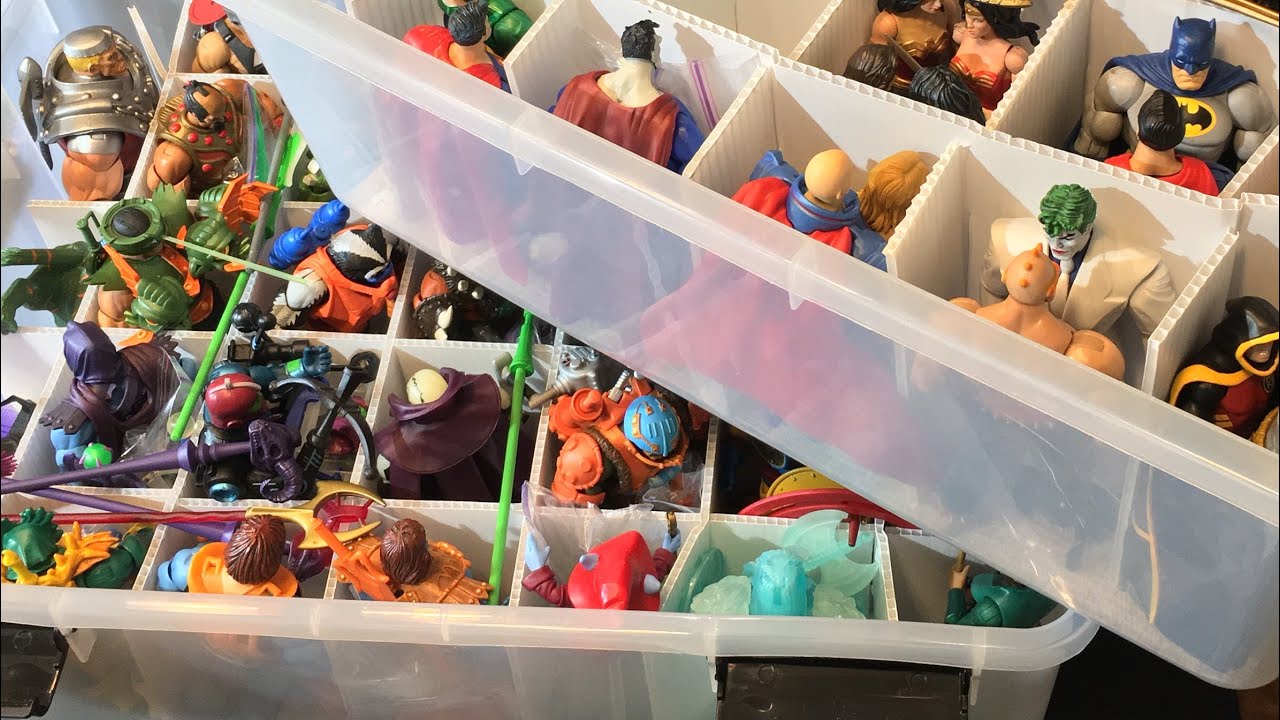
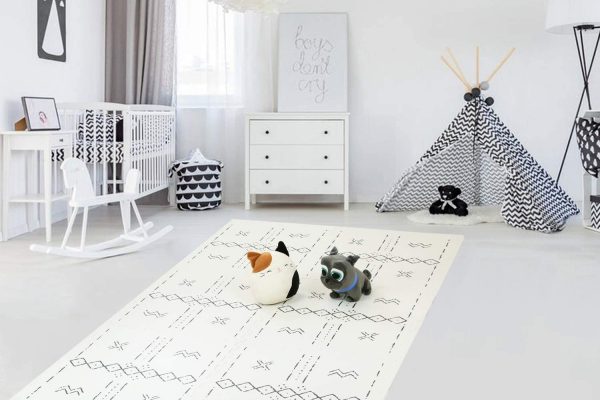
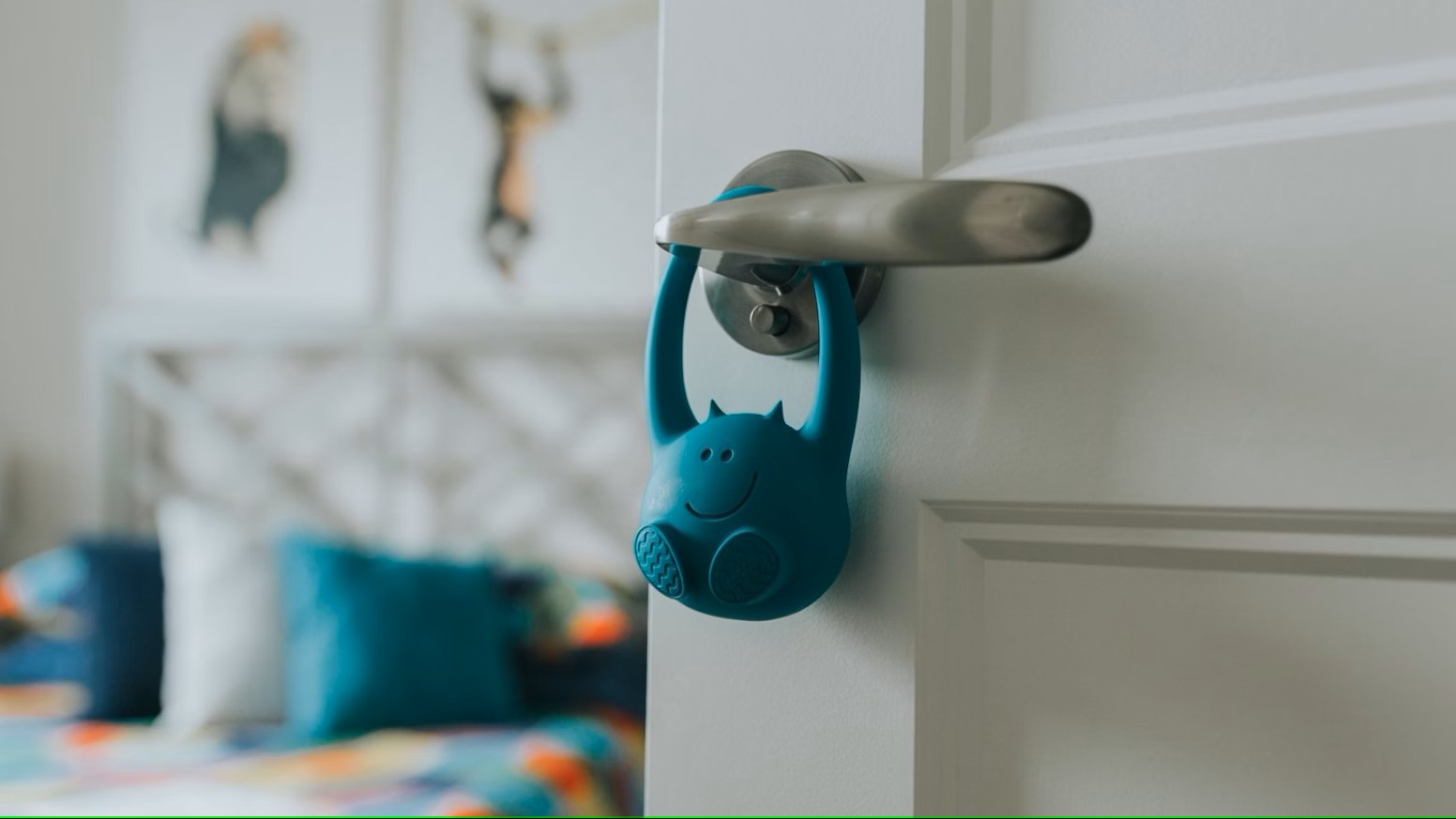
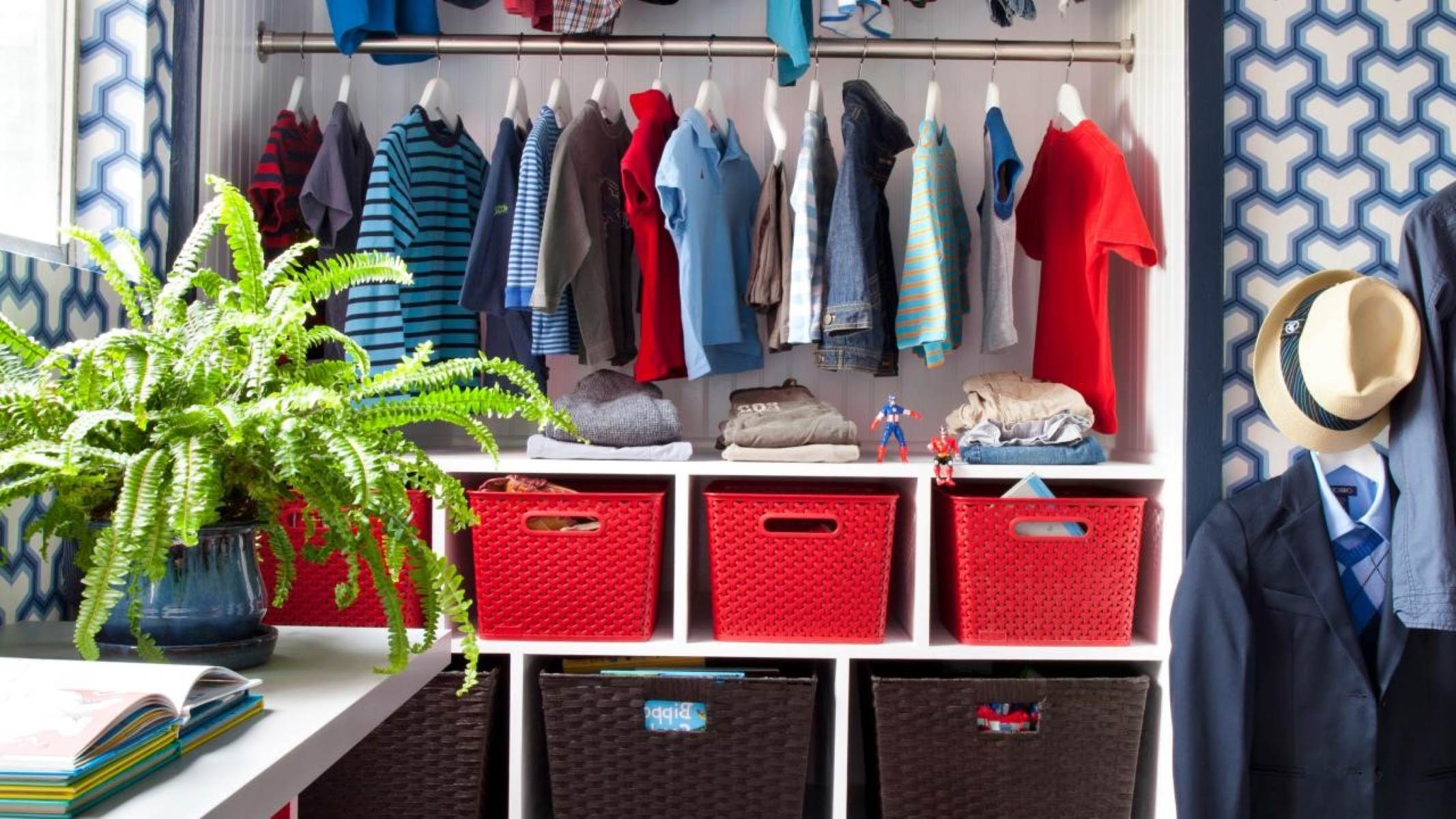

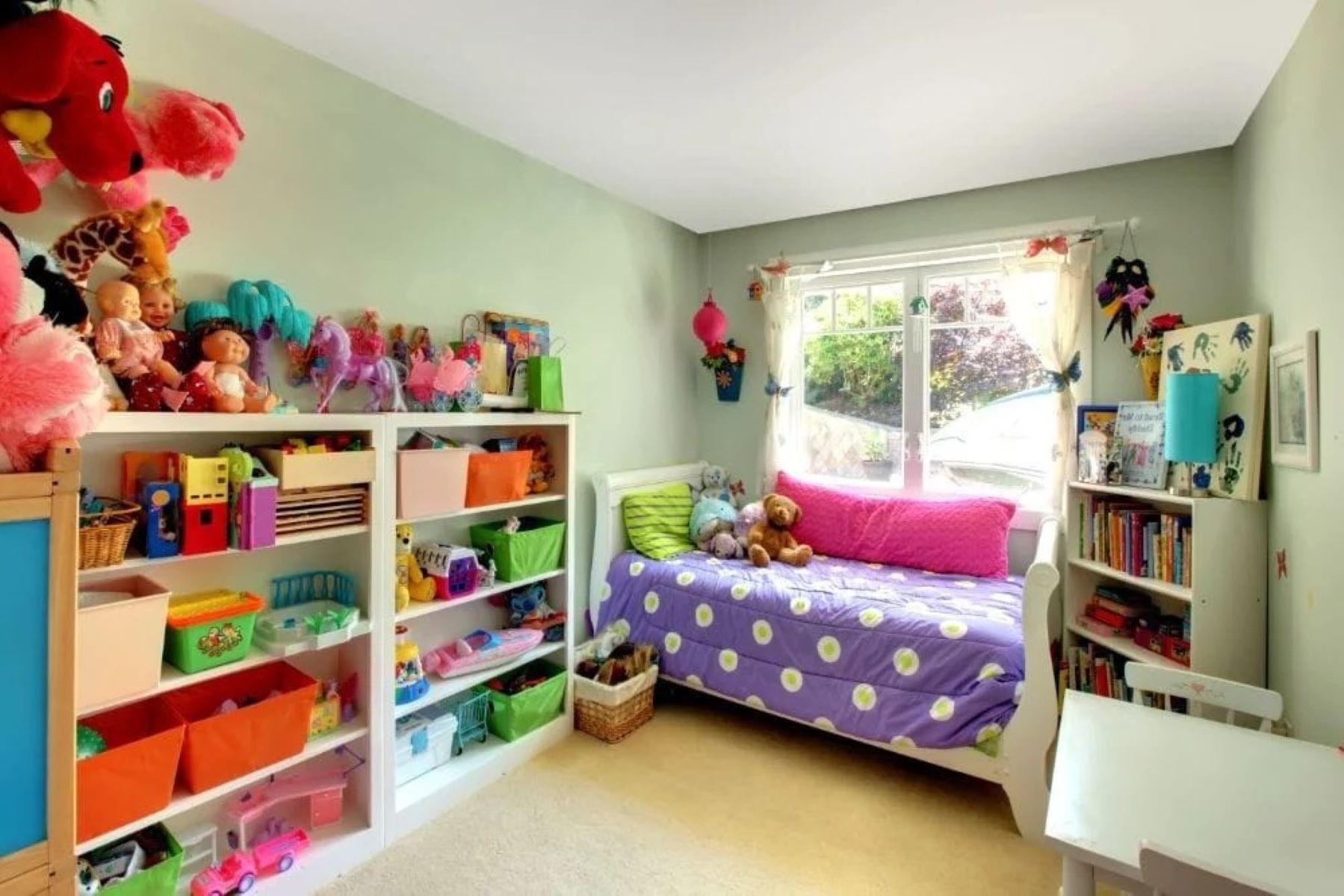
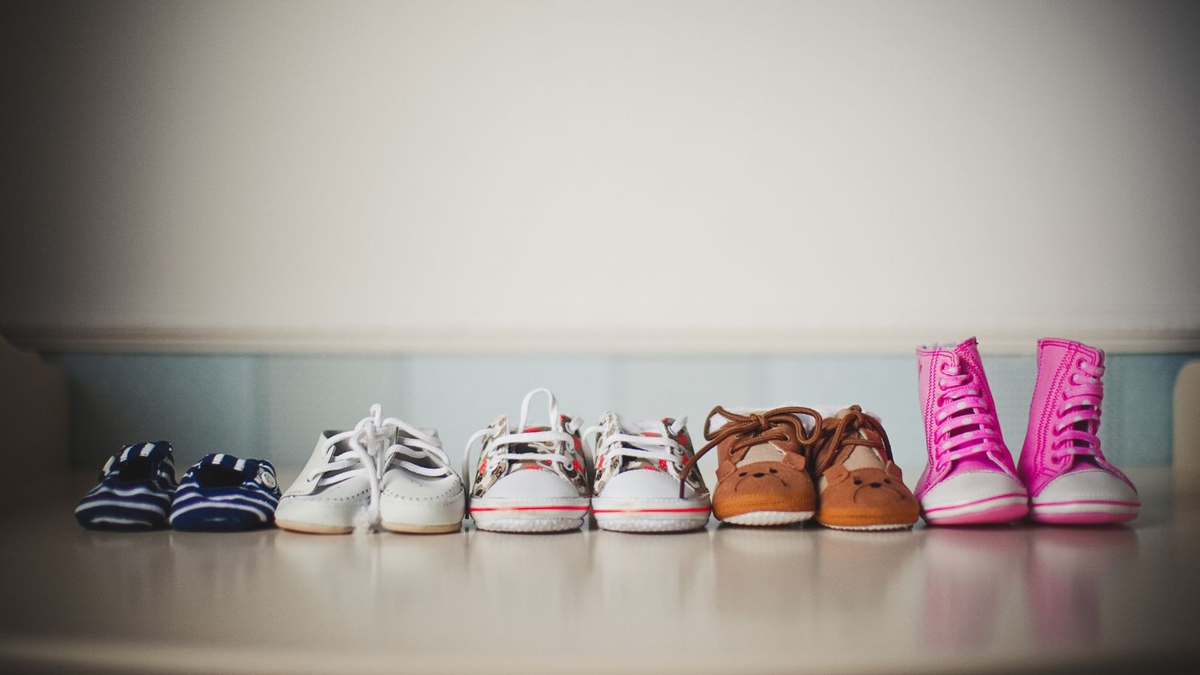

0 thoughts on “How To Store Toddler Toys”